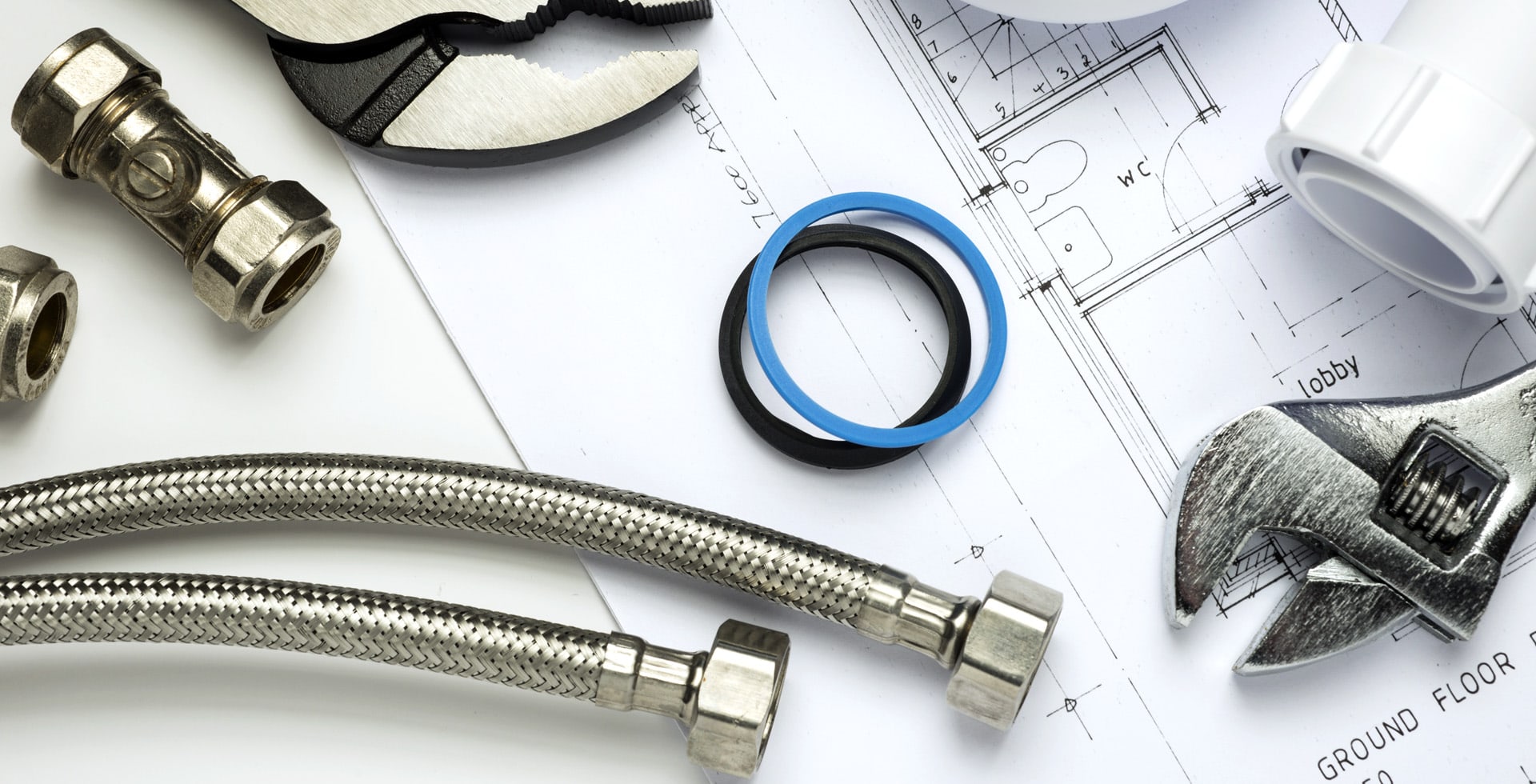“`html
How to Spot a Gutter Leak
Gutters play a critical role in protecting your home from water damage. They direct rainwater away from your roof and foundation, preventing potential issues that can arise from water accumulation. However, when gutters develop leaks, they can lead to significant problems. Knowing how to spot a gutter leak can help you address issues before they escalate. This guide will provide you with essential tips and techniques for identifying gutter leaks.
Understanding the Importance of Clean Gutters
Before learning how to spot a gutter leak, it’s essential to understand why clean gutters are crucial:
- Prevent water damage to your foundation
- Avoid mold and mildew growth
- Maintain your roof’s integrity
- Reduce the risk of pest infestations
Signs of a Gutter Leak
Recognizing the early signs of a gutter leak can save you time and money. Here are some common indicators:
- Water Stains: Look for brown or yellow stains on exterior walls, which can indicate water is leaking from your gutters.
- Damp Spots: Check for damp areas around your foundation or near the base of downspouts.
- Soil Erosion: If you notice soil erosion around your home’s foundation, it may be due to water not being properly diverted away.
- Pooling Water: Standing water in your yard may suggest that your gutters are not effectively channeling water away.
- Cracks in the Foundation: If you spot cracks in your foundation or basement walls, it could be a sign of uncontrolled water flow.
Inspecting Your Gutters
Regular inspections of your gutters can help you catch leaks early. Follow these steps for a thorough inspection:
1. Safety First
Before climbing on a ladder, ensure you take precautions:
- Use a sturdy ladder that extends at least three feet above the roofline.
- Have a partner hold the ladder for added safety.
- Wear gloves to protect your hands from sharp edges and debris.
2. Visual Inspection
While on the ladder, look for the following:
- Check for rust or corrosion on metal gutters.
- Look for cracks or separations in joints.
- Inspect the area around downspouts for blockages or leaks.
- Examine the gutter fasteners to ensure they are secure and not pulling away from the house.
3. Check During Rain
To find leaks more effectively, you can check your gutters while it’s raining:
- Observe water flow through the gutters.
- Look for areas where water overflows or drips.
- Check for leaks in the seams or corners as this is where leaks commonly occur.
4. Conduct a Water Test
If it’s dry outside, you can simulate rainfall to check for leaks:
- Using a hose, run water through each section of your gutters.
- Pay attention to areas where water does not flow properly or drips.
Common Causes of Gutter Leaks
Understanding the causes of gutter leaks can help you prevent them in the future. Here are some common reasons for gutter leaks:
- Debris Buildup: Leaves and debris can obstruct water flow, causing it to back up and overflow.
- Improper Installation: Poorly installed gutters can lead to misaligned sections and leaks.
- Temperature Changes: Extreme temperature fluctuations can cause expansion and contraction, leading to cracks.
- Corrosion: Metal gutters can rust and weaken over time, creating leaks.
- Joint Separation: The seams and joints in gutter systems can separate due to heavy rain or ice.
Repairing Gutter Leaks
If you discover a leak, taking prompt action is essential to prevent further damage. Here’s how you can repair minor gutter leaks:
1. Cleaning the Area
Before making any repairs, clean the area around the leak to ensure the best adhesion for sealants.
2. Using Caulk or Sealant
For small holes and seams, apply a waterproof caulk or sealant:
- Use a caulking gun to apply a small amount of sealant around the leak.
- Smooth it with your finger to ensure it adheres well.
3. Replace Damaged Sections
If the damage is extensive:
- Consider replacing the affected sections or entire gutter if necessary.
- Hire a professional if the job exceeds your skills or safety concerns.
When to Call a Professional
While many leaks can be repaired easily, it’s crucial to know when to seek professional help:
- If you are uncomfortable working at heights
- When the damage is extensive or involves multiple sections
- If you notice structural damage or persistent leaks
Conclusion
Maintaining your gutters is vital for your home’s longevity and safety. By learning how to spot a gutter leak and understanding the common signs, you can take proactive measures to protect your property. Regular inspections, timely repairs, and clear gutters will ensure that your home remains safe from water damage.
“`

